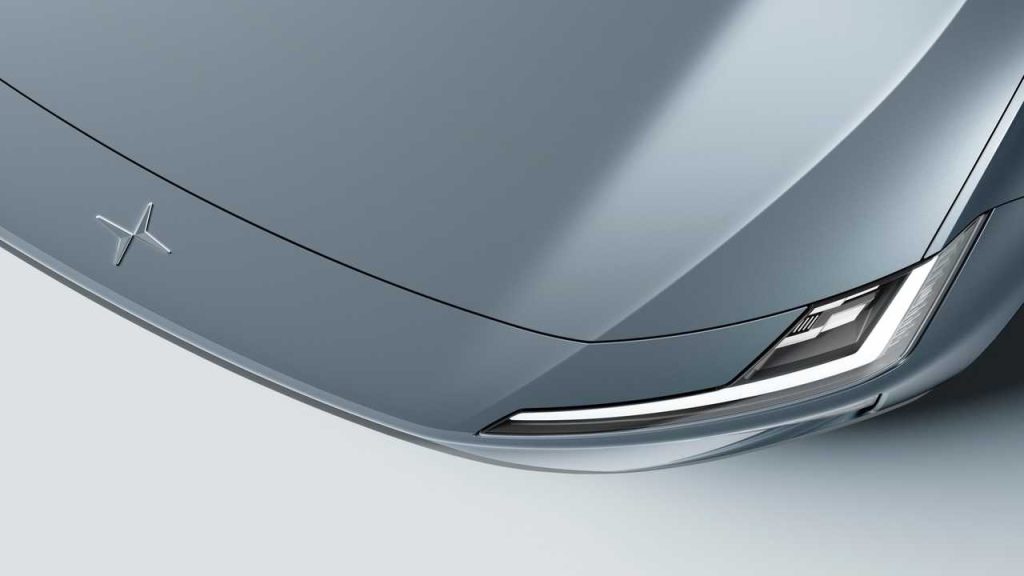Automobile manufacturers are actively searching for ways to decrease pollution at every stage, from manufacturing processes to material choices and beyond. Leading the charge is Volvo‘s electric performance brand, Polestar, which claims its new Polestar 4 crossover coupe is a champion in the fight against carbon emissions.
The EV is manufactured at Geely Holdings’ SEA factory in China
The first Life Cycle Assessment (LCA) of the Polestar 4 reveals that this electric vehicle (EV) boasts the lowest carbon footprint of all Polestar’s cars to date, measuring in at just 19.4 tonnes of CO2 equivalent emissions at the time of its launch. But what exactly does this mean, and how did Polestar pull it off?

A car’s carbon footprint is determined by factors such as its energy consumption and CO2 emissions, which includes emissions from the extraction of gas, minerals, and other raw materials, as well as the production of the car’s various parts, assembly, logistics, recycling, and end-of-life processes. For the Polestar 4, these figures reflect the vehicle’s “cradle-to-gate” carbon footprint, which includes material acquisition through production, but excludes usage and end-of-life stages.
The Polestar 4’s low carbon footprint is the result of meticulous planning and strategic choices. The EV is manufactured at Geely Holdings’ SEA factory in Hangzhou Bay, China, which uses a combination of hydropower and photovoltaic electricity generated from the plant’s roof. Additionally, the factory utilizes low-carbon aluminum produced with hydropower electricity, further reducing the car’s climate impact.
Polestar’s commitment to sustainability doesn’t end there. The company claims that aluminium constitutes 23-24 percent of the car’s carbon footprint, while steel and iron represent 20 percent. Battery modules are the biggest contributor to the car’s carbon footprint, accounting for 36-40 percent of materials production and refining emissions.
Despite the challenges, Polestar remains dedicated to achieving its net zero goal. As Fredrika Klarén, Head of Sustainability at Polestar, puts it, “Throughout the product development of Polestar 4, its carbon budget has influenced everything from material choices to factory energy sources.” The LCA is just one way the automaker is demonstrating its commitment to transparency and sustainability in the shift to sustainable mobility.
RELATED:
- Polestar Releases Sales Numbers, Sold Almost 14,000 Electric Vehicles in Q3 2023
- Polestar 3 Electric SUV Faces the Heat in UAE as it Nears Production
- Best smart luggage of 2023: Modobag, Weego, Incase & More
(Via)







